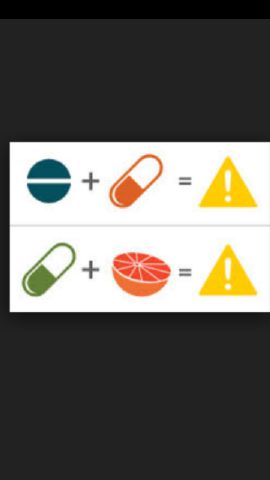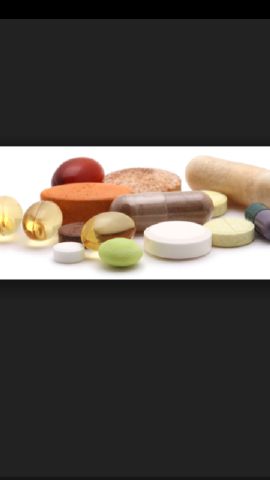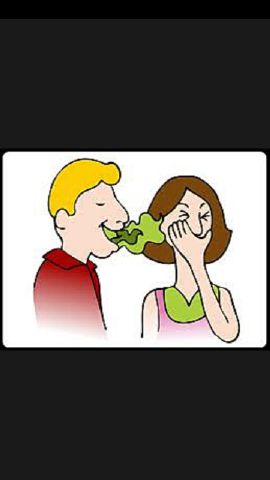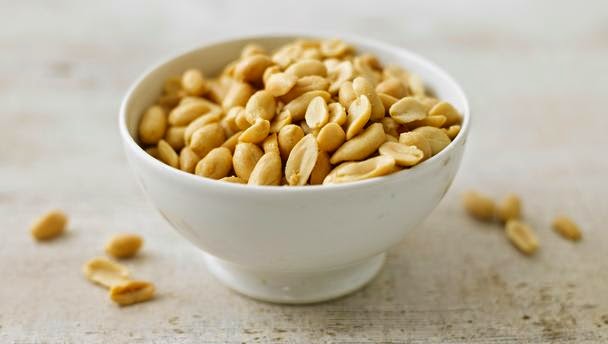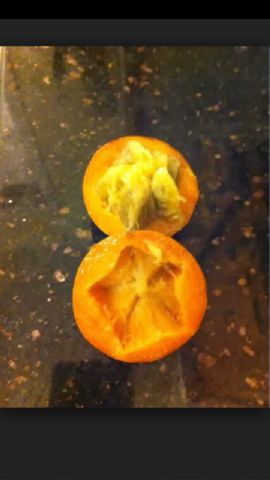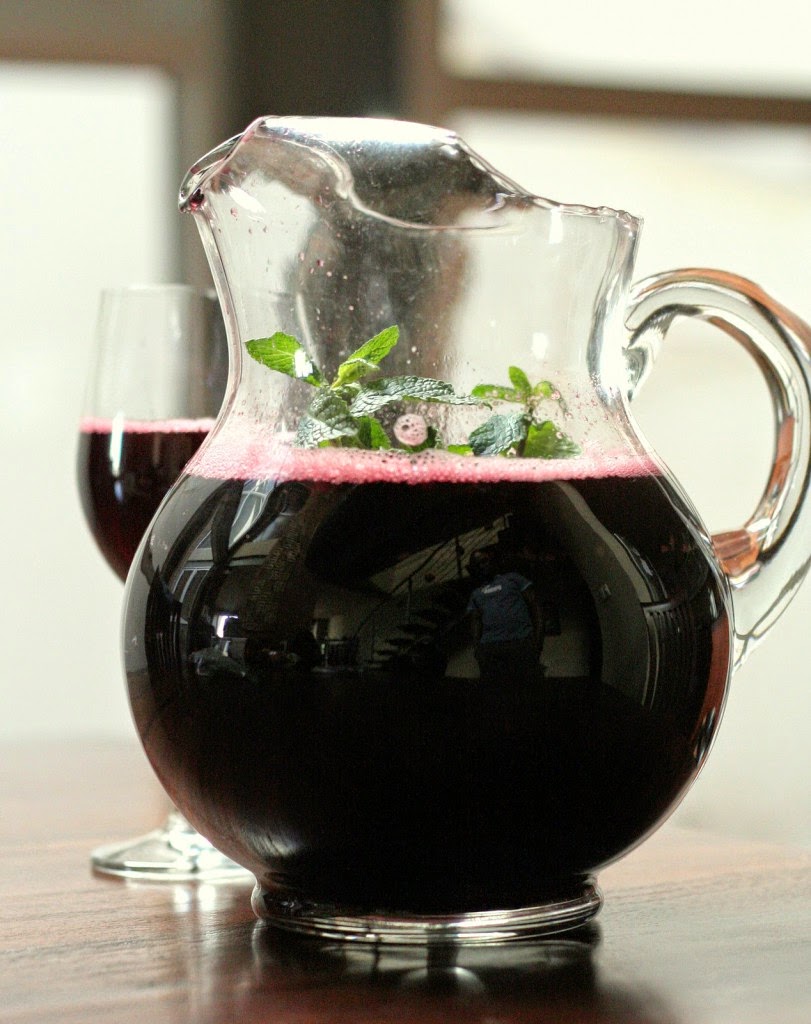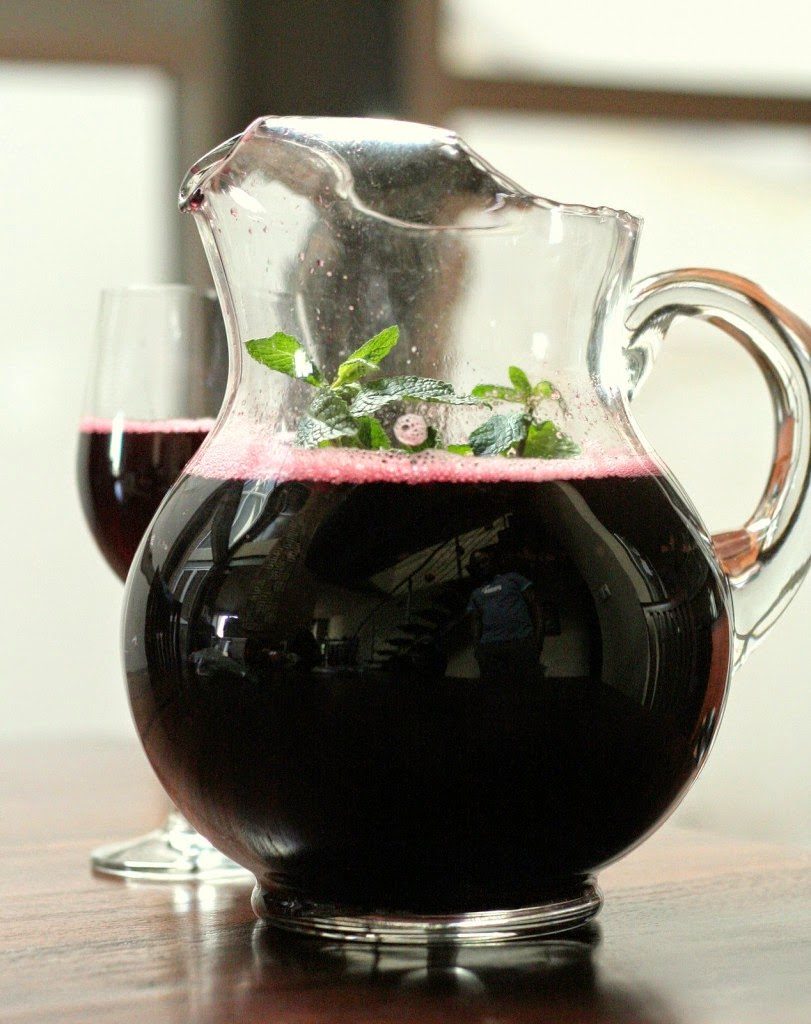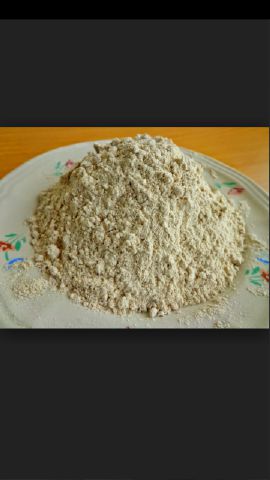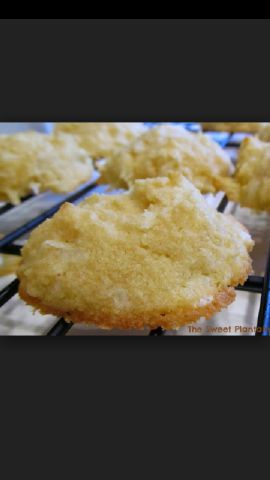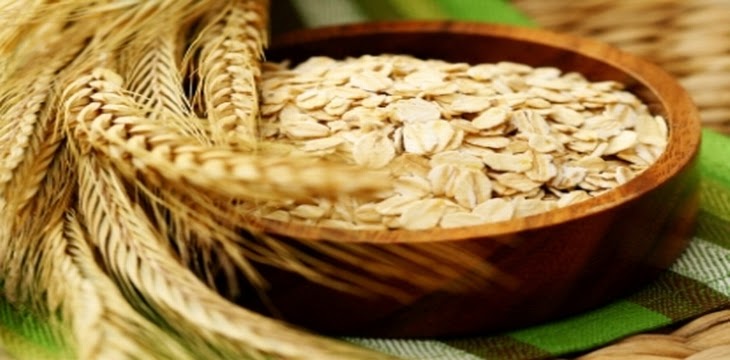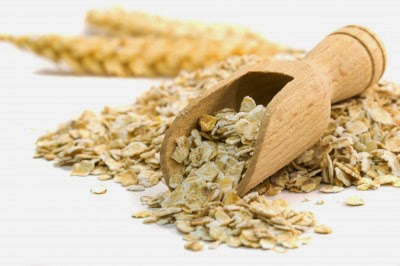Prince
Halitosis, colloquially called bad breath, is a symptom in which a noticeably unpleasant odor is present on the exhaled breath.
Yaaay!,,Its Udara season. Saw the bright yellow delight today in the fridge at home andd I simply couldn’t contain myself!. I sprang one open and dug my teeth into the white, gummy creamy liquid and relished every second of it. Suckling on the seeds and stripping them of their fibrous clothing. But this sweet fruit is not just a beauty to the mouth, it is also a delight to the body. Check it out.
4.) Methanolic extract of the cotyledons from the seeds of the fruit led to the isolation of eleagnine, tetrahydro- 2 -methylharman and skatole. Eleagnine was found to be the main compound responsible for its antimicrobial activity. The antimicrobial properties of the plant could be attributed to the presence of tannin, anthraquinone and cardiac glycosides. Eleagnine was further shown to exhibit anti-nociceptive, anti-inflammatory and antioxidant activities.
I was at a store today to do a little shopping when I saw a woman come in to get packaged unripe plantain flour. I casually asked her what for and she told me her mother suffered from diabetes and had this recommendation from a friend. I did not bother to ask what qualifications this friend had but made a resolve to get a clearer understanding of what properties unripe plantain flour could contain that makes it a more workable substitute to the conventional wheat flour for diabetics. Y’all know i’m not one to hoard, so here you go:
A research carried out in Nigeria by scientists from the University of Edinburgh, England, revealed that one in every four Nigerian is at risk of being diagnosed with high blood pressure. High blood pressure – also known as hypertension – which can cause stroke, heart disease and kidney disease, is twice as high in Nigeria compared with other East African countries and very few are aware that they have the condition. The study also revealed that the figure will sharply rise as more Nigerians continue to live like westerners lives until drastic measures are put in place. There were more than 20 million cases of hypertension in Nigeria in 2010, affecting one-in-three men and one-in-four women and researchers predict a rise in figure to 39 million cases by 2030. Their findings have been published in the “Journal of Hypertension” and it is the first up-to-date nationwide estimate showing how hypertension affects Nigerians at an alarming rate.

